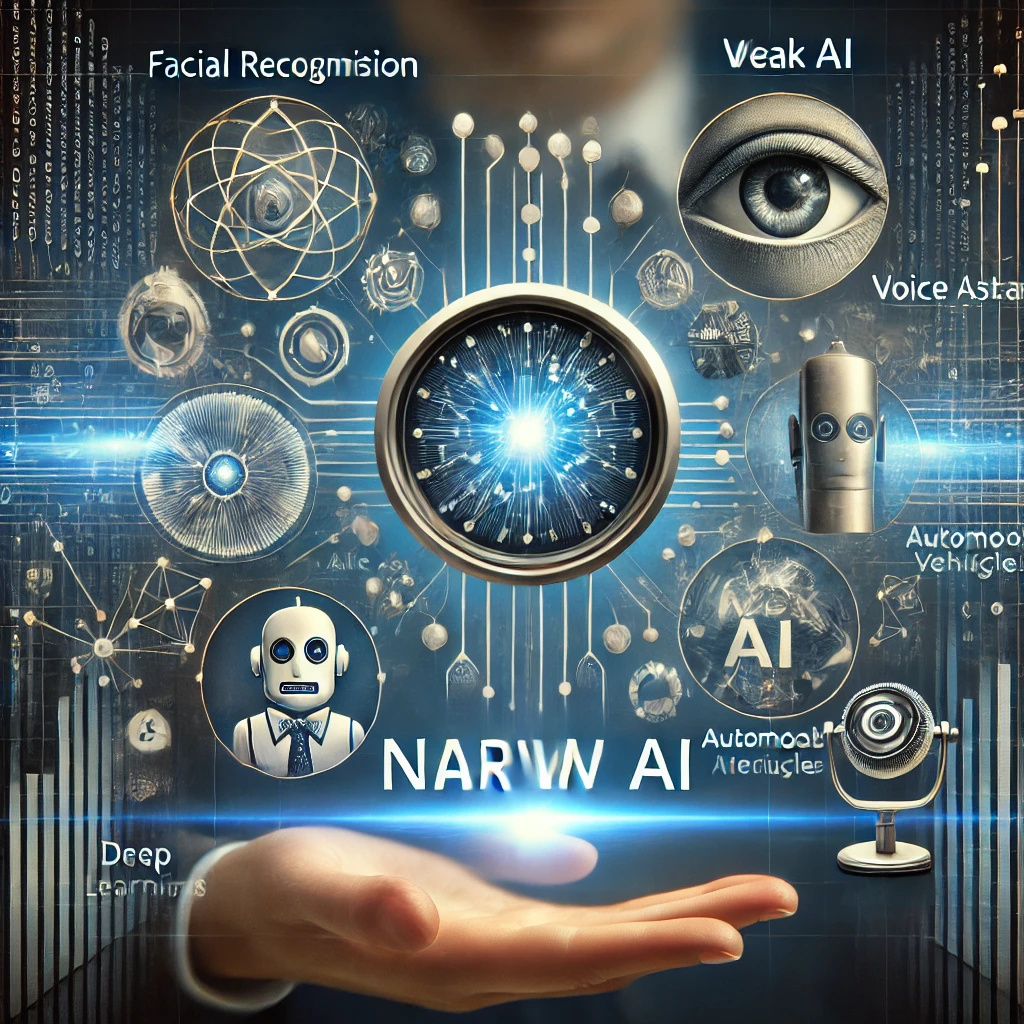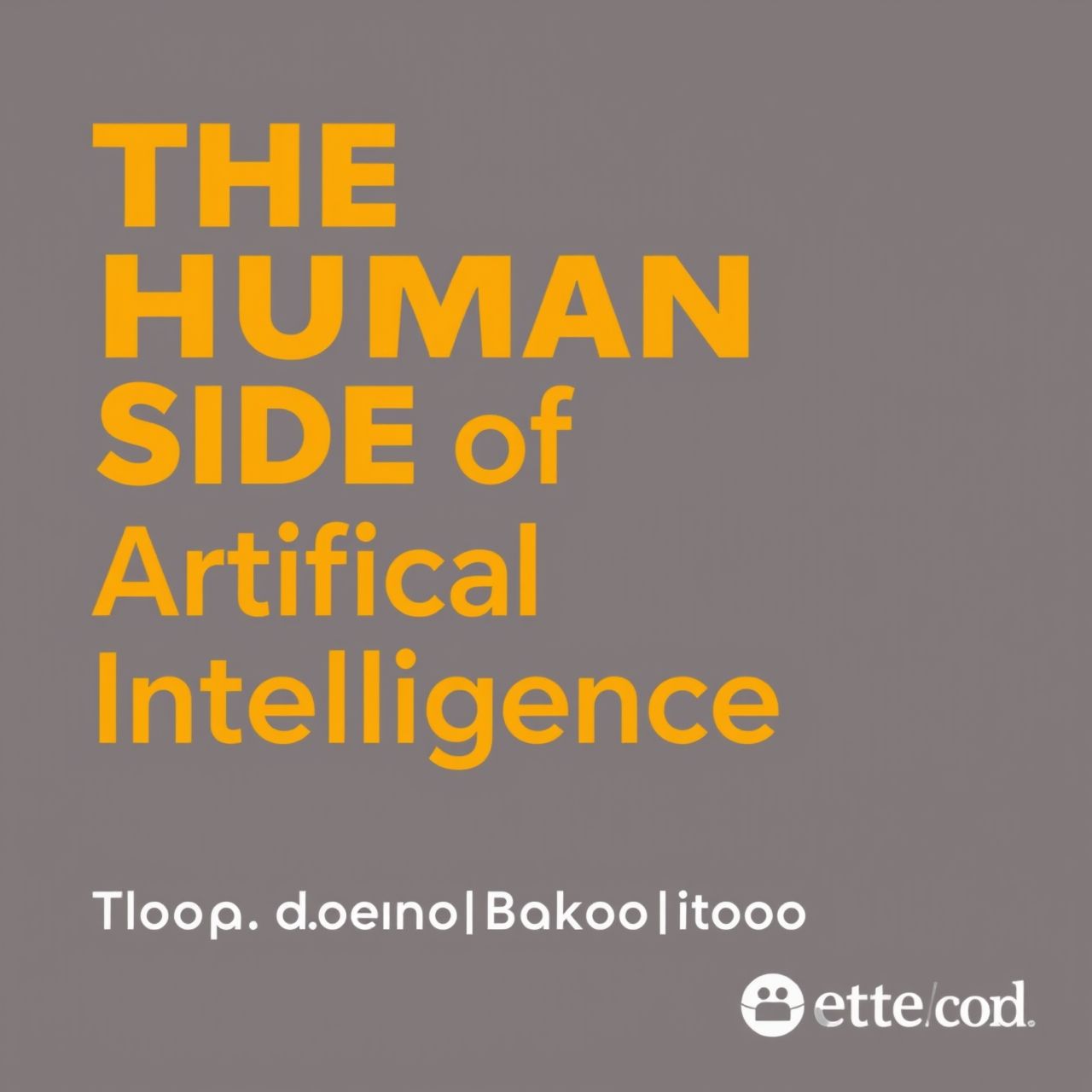Benefits and Challenges of Narrow AI in Daily Life
Narrow AI , also known as Weak AI , refers to artificial intelligence designed to perform a single task or a limited set of tasks intelligently and accurately. Unlike General AI , which aims to simulate all human cognitive abilities, Narrow AI focuses on executing specific functions and often outperforms humans in these targeted tasks.
Key Concepts and Terms in Narrow AI:
1. Specialized Intelligence
- Definition : Narrow AI is intelligence designed to solve a particular problem or perform a specific function with high efficiency. It cannot perform tasks beyond its defined scope.
- Examples :
- Facial recognition systems that identify individuals accurately through images.
- Voice assistants like Siri and Alexa , which understand and execute voice commands but lack awareness or understanding outside their programmed functions.
2. Deep Learning
- Definition : A technique within AI that supports Narrow AI by using deep neural networks to process data and acquire skills for specific tasks.
- Examples :
- Image recognition in AI systems used for self-driving cars.
3. Machine Learning
- Definition : A branch of AI that relies on analyzing data and acquiring knowledge without human intervention. Machine learning is used in Narrow AI to teach systems how to perform specific tasks.
- Examples :
- Algorithms used in email filtering systems to detect spam.
4. Natural Language Processing (NLP)
- Definition : An AI technology that understands and analyzes text and speech, widely used in voice-based personal assistants like Google Assistant and Siri .
- Examples :
- Text analysis to extract important information, such as classifying emails or extracting data from articles.
5. Specialized Robots
- Definition : AI-powered robots are typically designed to perform specific functions with high precision. They rely on AI for learning and improvement but do not possess comprehensive awareness or the ability to think outside their assigned tasks.
- Examples :
- Factory robots programmed to perform repetitive tasks like assembling parts.
6. Recommendation Systems
- Definition : AI-based systems that analyze user behavior and provide recommendations accordingly.
- Examples :
- Recommendation engines on platforms like Netflix and Amazon , suggesting content or products based on viewing or purchase history.
Importance of Narrow AI:
- Superior Performance in Specific Tasks : Narrow AI excels at performing tasks it was designed for, such as image recognition or rapid and accurate data processing.
- Improved Efficiency : Narrow AI increases productivity across many fields—such as industry, healthcare, and finance—by automating processes and efficiently analyzing large datasets.
- Widespread Use in Everyday Applications : Narrow AI is present in many daily applications, including personal assistants, recommendation systems, navigation apps, and fraud detection systems.
Challenges and Limitations:
- Limited Scope : Narrow AI cannot handle multiple tasks or think comprehensively like humans. Its capabilities are confined to the functions it has been programmed for.
- Lack of Independent Thinking or Learning Beyond Its Scope : Narrow AI does not have the ability to gain new knowledge or act in unfamiliar situations; it operates strictly within its programmed boundaries.
- Ethical Concerns : As Narrow AI becomes more prevalent in areas such as surveillance and employment, questions arise regarding individual privacy and the impact of automation on traditional jobs.
Examples of Narrow AI Applications:
- Healthcare : Used in analyzing medical images like X-rays to detect diseases with high accuracy.
- Self-Driving Cars : Rely on Narrow AI to recognize the surrounding environment and make real-time decisions.
- Video Games : Narrow AI is used to design intelligent characters that interact naturally with players.
Most Widespread Type of AI
Narrow AI is the most commonly used form of artificial intelligence in practical applications today. Despite its limitations compared to General AI, it offers tangible benefits to businesses and individuals by improving efficiency and accuracy across various domains.
Frequently Asked Questions About Narrow AI
What is Narrow AI?
Narrow AI is a type of artificial intelligence designed to perform a specific task or set of tasks intelligently and efficiently. Unlike General AI, which aims to replicate all human abilities, Narrow AI excels in specific areas such as facial recognition or natural language processing.
What Are Some Examples of Narrow AI?
- Facial Recognition : AI systems used to identify individuals through images.
- Voice Assistants : Such as Siri and Alexa, which understand and execute voice commands.
- Recommendation Systems : Like content suggestion systems on Netflix or product recommendations on Amazon.
What is Deep Learning in Narrow AI?
Deep Learning is a technique that uses deep neural networks to enable Narrow AI to recognize complex patterns in data. It’s used in areas like image recognition and natural language processing.
What Are the Challenges of Narrow AI?
- Limited Scope : Narrow AI cannot handle tasks outside its predefined range.
- Lack of Independent Thinking : It cannot learn or respond to new, unprogrammed situations.
- Ethical Concerns : Privacy and social impact issues arise as AI is increasingly used in hiring and surveillance.
What Are the Everyday Uses of Narrow AI?
- Healthcare : Analyzing medical images like X-rays to detect diseases.
- Self-Driving Cars : Understanding the surrounding environment and making driving decisions.
- Video Games : Enabling intelligent character interactions.
How Does Narrow AI Enhance Efficiency?
Narrow AI improves efficiency by automating tasks and quickly and accurately analyzing large volumes of data, leading to better performance in industries such as manufacturing, healthcare, and financial services.








